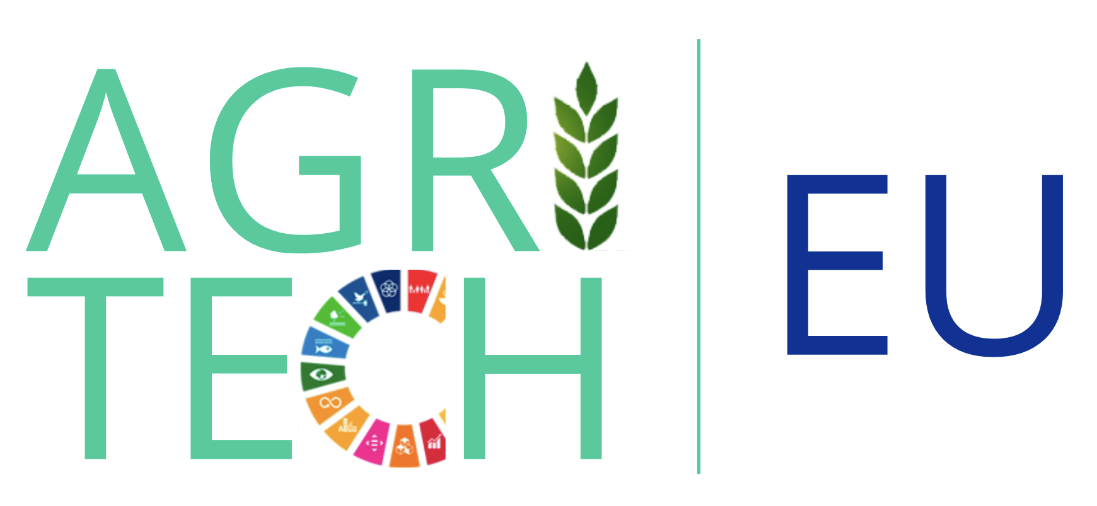According to EU, “The digital transformation of agriculture will facilitate cooperation across the value chain, support farmers, and offer opportunities for innovative SMEs. Technologies, such as artificial intelligence (AI), robotics, the Internet of Things (IoT), Edge Computing, 5G, blockchain and supercomputing, all have the potential to make agriculture more efficient, sustainable, and competitive. Nevertheless, as in other sectors and society as a whole, the digital transformation of agriculture poses the risk of a digital divide. For example, between connected and disconnected farms and economically small and large farms”. (Source: The Digitisation of the European Agricultural Sector, EC).
EC proposes forecasting of USA institution to support these scenarios.
This analysis is confirmed at a global level by FAO: “The ubiquity, portability and mobility of digital technologies are transforming agriculture and food production. Specifically, in the agriculture and food sector, the spread of mobile technologies, remote-sensing services and distributed computing are already improving smallholders’ access to information, inputs, and markets, increasing production and productivity, streamlining supply chains and reducing operational costs. ” (Source: Digital Agriculture, FAO).
Regarding the challenge of the skills gap, FAO underlines that: “To keep pace with trends in informatization and digitalization, farmers and other rural actors should cultivate new skills and profiles. They need to become familiar with the fundamental features of agrifood value chains, master the skills and advanced concepts of digital agriculture, have the ability to evaluate risks and returns, possess a positive attitude to incorporating digital resources into their working life, and have the motivation to innovate and use proven digital products and services.” (Source: DIGITAL AGRICULTURE FORUM, 2020)
In a recent paper, OECD effectively summarizes the state of the art of digital transition in agriculture:
- Precision technology use in row crops has been increasing since the early 2000s, although adoption varies by year, technology, and crop. Uptake is high – but not universal – in North America and Europe; data limitations pose challenges for estimating trends in many other countries.
- Digital technologies are starting to be used for livestock production and specialty crops, although many tools remain in the pre-commercialisation development stage.
- On-farm productivity, sustainability, and resilience benefits from digitalisation have been well documented for commercial row crop farms in several countries. Technologies for livestock and specialty crops have generally emphasised productivity increases, typically from reduced need for manual labour.
- Common barriers to adoption include costs (up-front investment and recurring maintenance expenses), relevance and limited use cases, user-friendliness, high operator skill requirements, mistrust of algorithms, and technological risk.
OECD also identifies constraints to digital adoption on-farm including Skills pointing out that “skills and human capital are also inextricably linked to best farm management practice and effective integration of digital adoption in turn.


